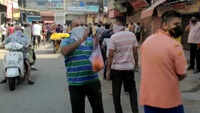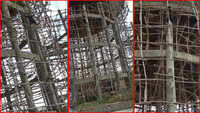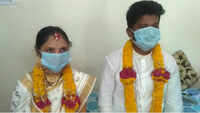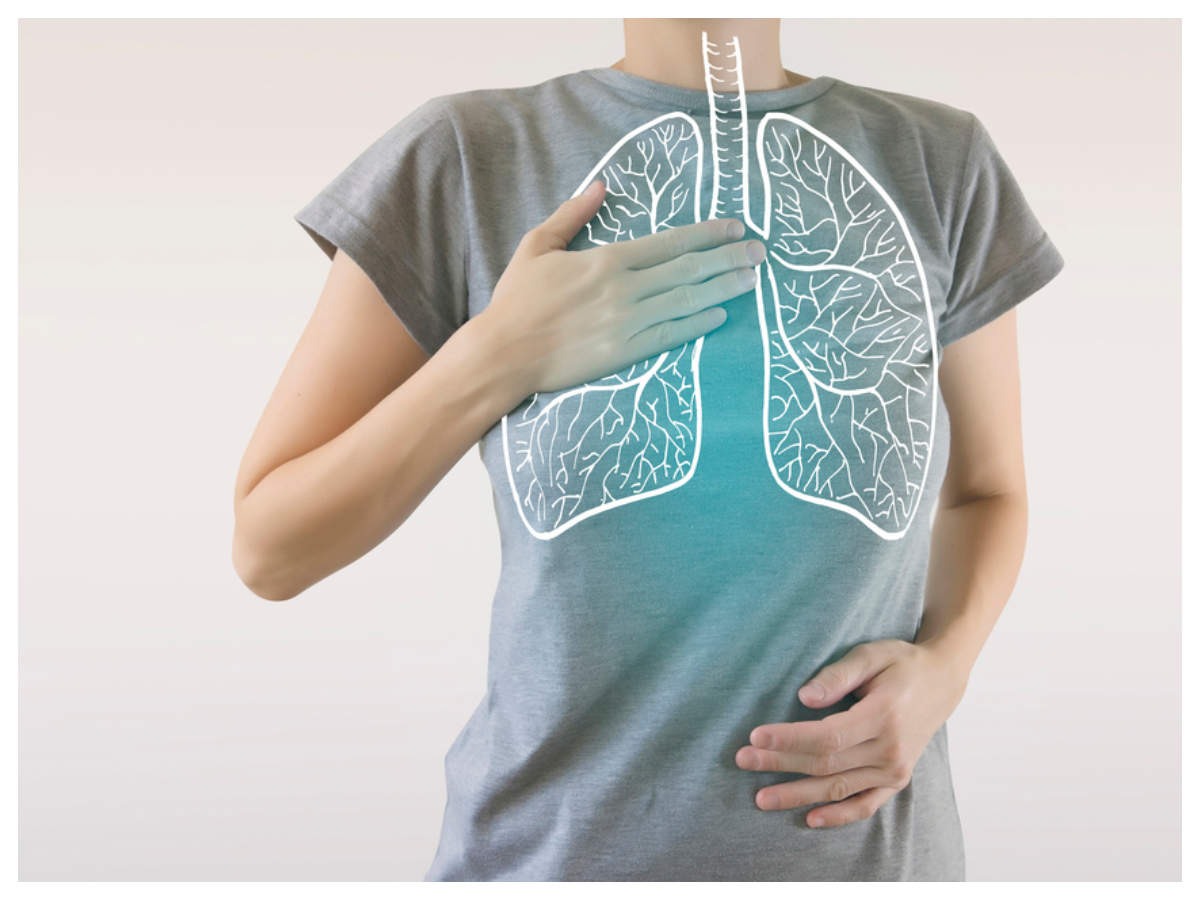
After the launch of first phase of Ganga Action Plan (GAP) by then Prime Minister Rajiv Gandhi in 1986, Varanasi got three sewage treatment plants (STPs) with a total capacity of 102 million litres per day (MLD) for treatment of municipal sewage before being discharged into Ganga. The STPs were established at Deenapur, Bhagwanpur and Diesel Locomotive Works (DLW).
In 1986, as per government’s estimates, about 147 MLD of sewage and industrial waste generated in Varanasi had been flowing into the Ganga.
When the Ganga Action Plan (GAP) was launched, the main objective was to improve the river water’s quality to acceptable standards by reducing pollution load.
The objective of Ganga Action Plan was, however, recast in 1987 as restoring water quality to bathing standards. This meant there should be dissolved oxygen (DO) not less than 5 mg/litre, bio-chemical oxygen demand (BOD) not more than 3 mg/ litre, bacterial load/coliform count not more than 10,000 per ml, fecal coliform not more than 2,500 per 100 ml, and pH value 6.5 to 8.5.
In 2008, the Ganga was declared National River and the National Ganga River Basin Authority (NGRBA) was formed in 2009 as an empowered planning, implementing and monitoring authority for the holy river.
In June 2014, the Narendra Modi government approved the ambitious ‘Namami Gange Programme’, an integrated conservation mission, as ‘flagship programme’ with budget outlay of Rs 20,000 crore to accomplish the objectives of effective abatement of pollution, conservation and rejuvenation of the National River.
Since, two more sewage treatment plants have been established at Deenapur (140 MLD) and Goithaha (120 MLD) and now the sewage treatment capacity of city is 362 MLD against generation of around 350 MLD sewage.
In 1986, as per government’s estimates, about 147 MLD of sewage and industrial waste generated in Varanasi had been flowing into the Ganga.
When the Ganga Action Plan (GAP) was launched, the main objective was to improve the river water’s quality to acceptable standards by reducing pollution load.
The objective of Ganga Action Plan was, however, recast in 1987 as restoring water quality to bathing standards. This meant there should be dissolved oxygen (DO) not less than 5 mg/litre, bio-chemical oxygen demand (BOD) not more than 3 mg/ litre, bacterial load/coliform count not more than 10,000 per ml, fecal coliform not more than 2,500 per 100 ml, and pH value 6.5 to 8.5.
In 2008, the Ganga was declared National River and the National Ganga River Basin Authority (NGRBA) was formed in 2009 as an empowered planning, implementing and monitoring authority for the holy river.
In June 2014, the Narendra Modi government approved the ambitious ‘Namami Gange Programme’, an integrated conservation mission, as ‘flagship programme’ with budget outlay of Rs 20,000 crore to accomplish the objectives of effective abatement of pollution, conservation and rejuvenation of the National River.
Since, two more sewage treatment plants have been established at Deenapur (140 MLD) and Goithaha (120 MLD) and now the sewage treatment capacity of city is 362 MLD against generation of around 350 MLD sewage.
Quick Links
Kerala Coronavirus Helpline NumberHaryana Coronavirus Helpline NumberUP Coronavirus Helpline NumberBareilly NewsBhopal NewsCoronavirus in DelhiCoronavirus in HyderabadCoronavirus in IndiaCoronavirus symptomsCoronavirusRajasthan Coronavirus Helpline NumberAditya ThackerayShiv SenaFire in MumbaiAP Coronavirus Helpline NumberArvind KejriwalJammu Kashmir Coronavirus Helpline NumberSrinagar encounter
Get the app








